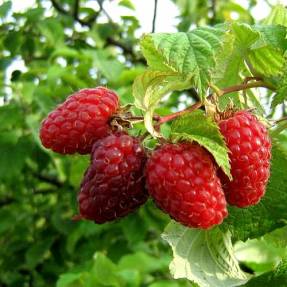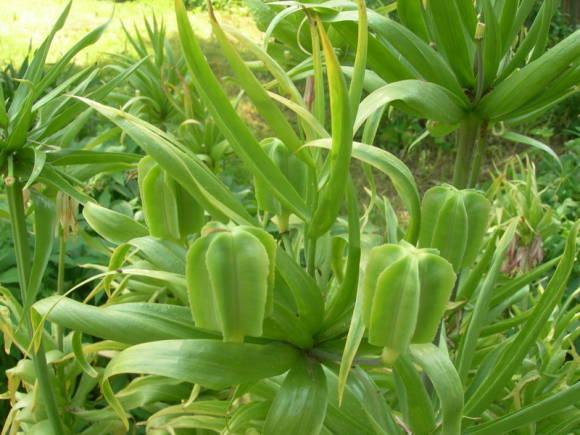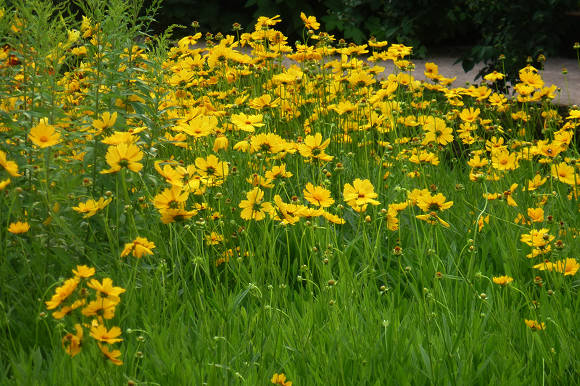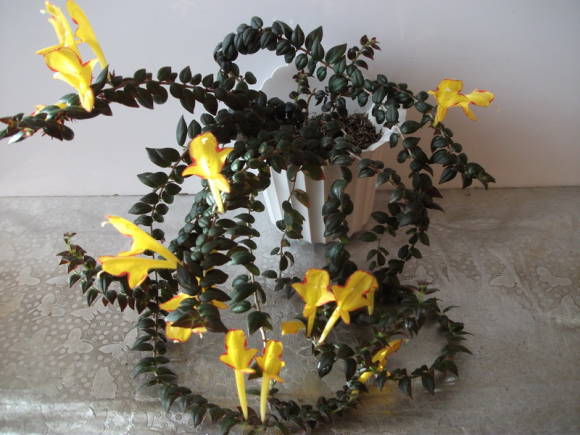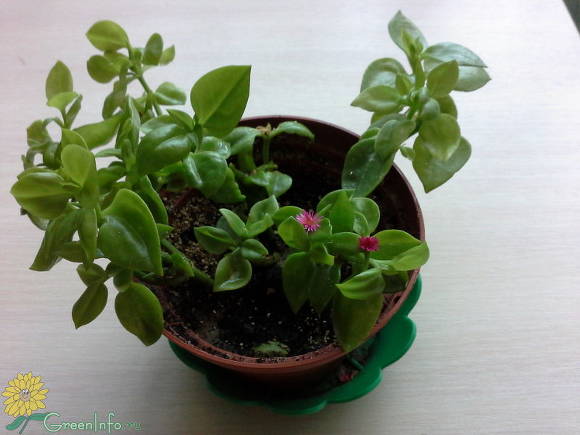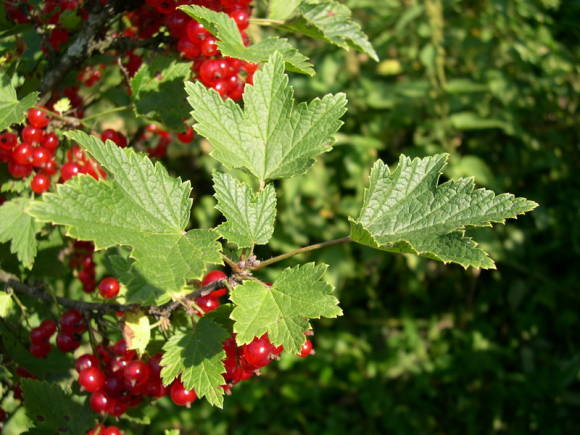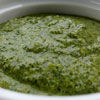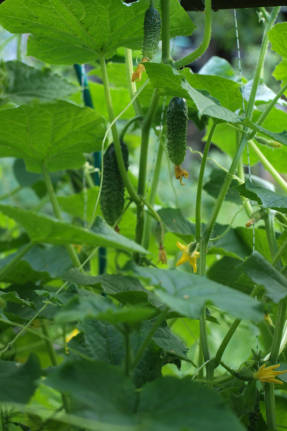 |
By the beginning of August, the first abundant wave of fruiting occurs on cucumbers, the leaves of the plants become rough and prickly, in some places powdery mildew appears on them. At this time, urgent help to plants may be required. It is necessary to immediately carry out foliar feeding of plants with a solution of urea (0.5 tablespoons per 10 liters of water). After such feeding, the leaves of the plants will again become tender and soft, and photosynthesis will intensify in them.
Particular attention should be paid to the soil in plants. During the care of the plants, it has become very compacted, but it should not be loosened, since the root system of the cucumbers can be seriously damaged. The soil must be watered with warm water and mulched with humus, compost, peat, grass or sawdust. After that, the plants quickly form new suction roots, which will immediately enhance the growth of the fruit.
In greenhouse cucumbers, due to the specific conditions of the greenhouse (high planting density, increased air humidity, a significant decrease in illumination), the productivity of the "work" of the leaves is significantly reduced. This happens especially quickly with a high planting density and strong foliage. At the same time, there is a strong shading of the leaves, especially the lower ones, a sharp reduction in their productive work, and then they turn yellow and die off. This happens especially quickly with a lack of nitrogen and after cool nights.
You can help the trouble. To prolong the work of the leaves of the lower tier, it is necessary to form the plants so that light penetrates the leaves of the lower tier. And it is possible to extend the life of the leaves of the upper tier with a favorable water regime and sufficient, but no frills, nutrition with all macronutrients.
But somewhere in the middle of August, on plants where the lower tier has finished bearing fruit, the leaves will turn yellow, and the stems will become bare. If the weather still permits, then you can try to "rejuvenate" the plants. To do this, carefully lower the lash down a little, bent the lower bare part of the stem to the ground up to 5–6 internodes or roll it up in a ring, pin this part of the lash to the ground and fill it with fresh soil fertilized with ash. But all this must be done before watering, while the stems are soft, since after watering the lashes become very fragile and break easily. At the same time, due to the formation of new, active roots from the stem, the plant begins to grow and bear fruit again.
And, of course, at this time the plants must be intensively "fed" with a mullein solution with the addition of urea and ash. And what else they need - the plants will tell you themselves, you just need to monitor the shape of the fruit.
 |
At the same time, cucumbers also sharply increase the risk of disease with powdery mildew and downy mildew. With the first disease, the leaves are covered with a light powdery bloom, which interferes with photosynthesis, as a result of which the fruits ripen slowly, the yield decreases.
Downy mildew appears as spots on the back of the leaf, which gradually darken. At the same time, the leaves turn yellow and dry up, the harvest falls. To prevent these diseases, it is necessary to spray plants with "Fitosporin" and "Zircon" every week from the first days of August. At the same time, the risk of fungal diseases is immediately reduced, and the yield increases.
There is also a folk remedy against this misfortune. To prepare it, you need to mix one part of sour milk or milk whey with 5 parts of water and add 3 drops of pharmacy iodine to each liter of solution. Spray the plants with this solution on both sides of the leaf every week.
"Ural gardener", No. 32, 2013
